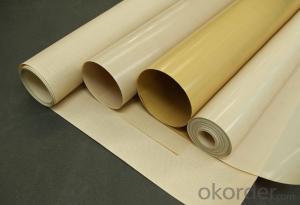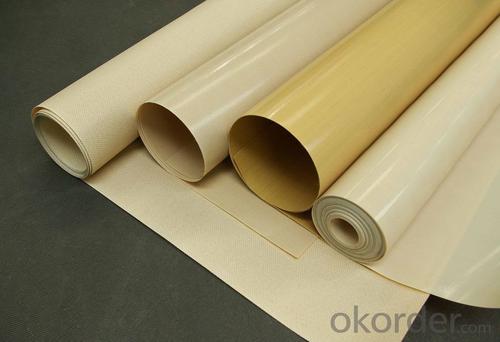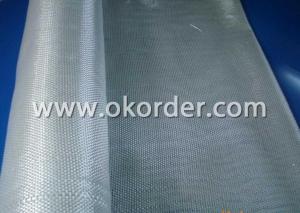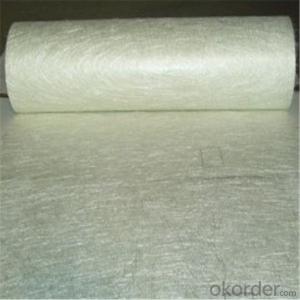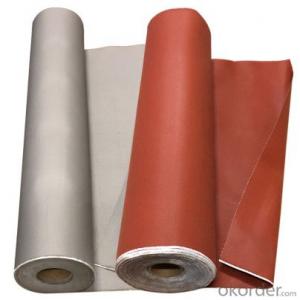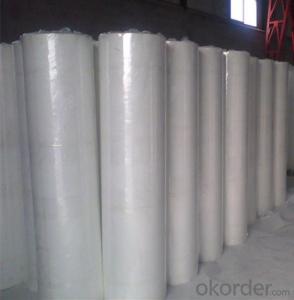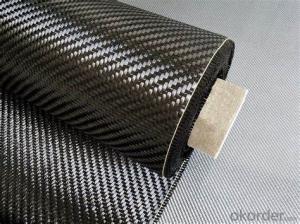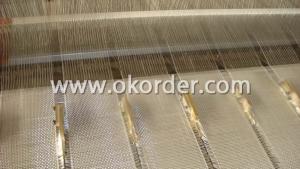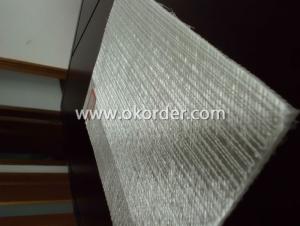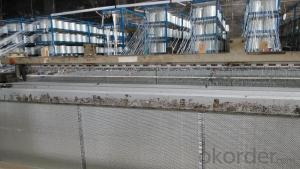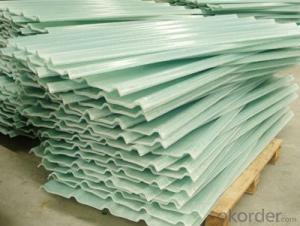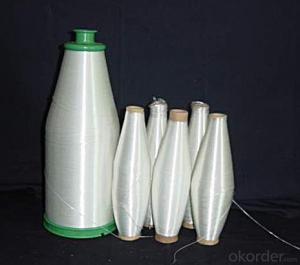Fiberglass Fabrics for Large Generating Corrosion Proofing Field with Silicone Coating
- Loading Port:
- Shanghai
- Payment Terms:
- TT OR LC
- Min Order Qty:
- 500 m²
- Supply Capability:
- 50000 m²/month
OKorder Service Pledge
OKorder Financial Service
You Might Also Like
Silicone Coated Fiberglass Fabric for Large Generating Corrosion Proofing Field
Fiberglass Fabric Description
Silicone coated fiberglass fabric is a fiberglass cloth, which possesses the properties of temperature resistance, anti-corrosion, high strength and is coated with organic silicone rubber.
Fiberglass Fabric Specification
Thickness:0.2mm-5mm
Width:100cm-150cm
Color;grey/red/silver/black
Weight(coating):130gsm-2800gsm
Model No | FSD2030 | FSD2030 | FSD2050 | FSD2100 | |
High temperature resistant(°C) | ≤280 | ≤280 | ≤280 | ≤280 | |
Low temperature resistant(°C) | ≥-40 | ≥-40 | ≥-40 | ≥-40 | |
Tensile intensity (N/50mm) | Warp | ≥1750 | ≥1750 | ≥2500 | ≥3500 |
Weft | ≥1280 | ≥1280 | ≥2100 | ≥3000 | |
Inflating burst intensity(Mpa) | ≥2.0 | ≥2.0 | ≥2.2 | ≥2.6 | |
Peeling intensity(N/m) | ≥450 | ≥450 | ≥520 | ≥600 | |
Insulation (kv/mm) | 16 | 16 | 18 | 18 | |
Weight (g/m*m) | 550-650 | 550-650 | 750-800 | 1500-1800 | |
Width(mm) | 1000±20 | 1000±20 | 1000±20 | 1000±20 | |
Thickness(mm) | 0.3-0.4 | 0.3-0.4 | 0.05-0.55 | 1.0-1.1 | |
color | Silver-gray, gray, red | lucency | Silver-gray, gray, red | Black, gray, red | |
Fiberglass Fabric Features:
1, Good performance on resisting high temperature and low temperature, -40°C-280°C;
2, High strength;
3, Ozone, oxide, light and weather aging resistance;
4, High insulation: dielectric constant:3-3.2, breakdown voltage: 20-50KV/MM;
5, Chemical corrosion resistant, oil-proofing, waterproofing (washable)
Fiberglass Fabric Application:
It has been widely used in construction, electric insulation,
chemical industry, pipeline ductile conjunction, large generating
Corrosion proofing field, machinery, metallurgy, sealing and so on.
Product Show
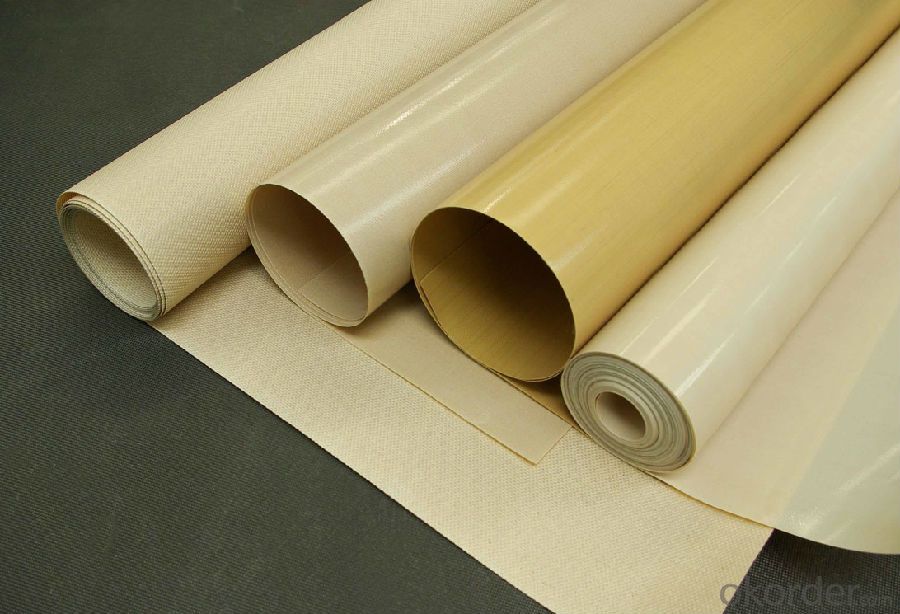
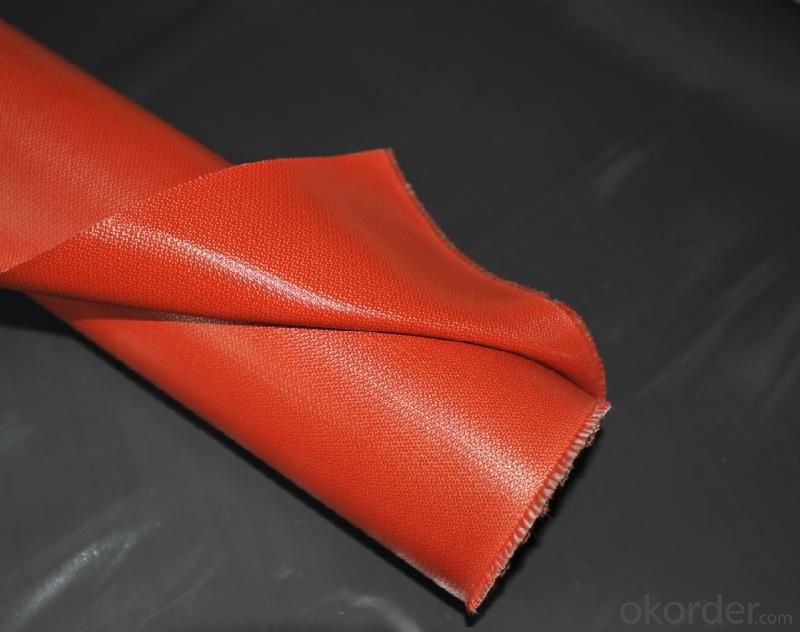
FAQ
1.What are the characteristics of fiberglass fabric?
a)Outstanding temperature resistance(from -70°C to +260°C)
b)Excellent chemical resistance
c)Superior non-stick surface, easy to clean
d)High dielectric strength
e)Dimensional stability
f)Resistance to UV, IR and HF
g)Non-toxic
2.How many methods to weave the fabric?
Four methods to weave the fabric:
a).Plain weave: it can be used in electricity insulation materials and reinforced materials in industry, because of inseparable structure, plain and clear lines.
b).Twill weave: compared with plain weave, it is of high density, high intensity, with a soft and loose structural weave. It can be used in ordinary reinforced materials, filter materials, and painting cloth.
c) Satin weave: compared with plain weave and twill weave, it is of high density,high intensity, with a soft and loose structural weave with a good texture. It is applicable for use as a higher reinforced material in machinery.
d).Gauze weave: said lattice twist weave. It can be used in spread model curtain,resin reinforced emery wheel gray cloth and lattice embed belt.
3.Can you offer us some samples?
We are willing to offer our customers best product&service,if it's necessary we can send
you sample for test;also we welcome all you customer have a trial order.
- Q: The thickness of the stone concrete protection layer on the waterproof layer shall not be less than mm.
- Fine stone concrete roofing waterproof layer on the protective layer thickness of not less than 40mm, the basement of fine stone concrete roof waterproofing layer on the protective layer thickness of not less than 70mm, the fine stone concrete basement floor of the protective layer thickness should be greater than 50mm.
- Q: Are fiberglass fabrics resistant to mold or mildew?
- Yes, fiberglass fabrics are generally resistant to mold or mildew. This is due to their non-porous nature and the fact that they do not provide the ideal conditions for mold or mildew growth. Fiberglass fabrics are commonly used in applications where moisture resistance is required, such as in outdoor furniture, boat covers, and shower curtains. However, it is important to note that while fiberglass fabrics themselves are resistant to mold or mildew, if they are coated or covered with organic materials such as dirt, dust, or other organic matter, there is still a possibility for mold or mildew growth on the surface. Therefore, regular cleaning and maintenance of fiberglass fabrics is recommended to ensure their longevity and resistance to mold or mildew.
- Q: Can fiberglass fabric be used for making medical devices?
- Yes, fiberglass fabric can be used for making certain types of medical devices. It is commonly used in the manufacturing of orthopedic casts, splints, and prosthetics due to its lightweight, durable, and rigid properties. Additionally, fiberglass fabric can be used as a reinforcement material in medical implants and devices that require structural strength. However, it is important to note that proper biocompatibility and sterility considerations must be taken into account when using fiberglass fabric in medical devices.
- Q: Can fiberglass fabrics be used for insulation in industrial machinery?
- Yes, fiberglass fabrics can be used for insulation in industrial machinery. Fiberglass fabrics are known for their excellent thermal insulation properties due to their low thermal conductivity. They have high resistance to heat transfer, making them a suitable choice for insulating industrial machinery that operates at high temperatures. Additionally, fiberglass fabrics are non-combustible and have good resistance to chemicals, making them a safe and durable option for insulation in industrial settings. They can effectively trap heat and prevent energy loss, improving the overall efficiency and performance of the machinery. Overall, fiberglass fabrics are a reliable and effective choice for insulation in industrial machinery.
- Q: What is the typical tensile strength of fiberglass fabrics?
- The typical tensile strength of fiberglass fabrics can vary, but it is generally around 300-600 MPa (megapascals).
- Q: Is fiberglass fabric suitable for making tents and awnings?
- Yes, fiberglass fabric is suitable for making tents and awnings. It is lightweight, durable, and offers excellent resistance to extreme weather conditions such as rain, wind, and UV rays. Additionally, fiberglass fabric is known for its strong tensile strength and fire resistance, making it a reliable choice for outdoor applications.
- Q: How to distinguish the good and bad of aluminum foil glass fiber cloth? What is the plain glass fiber cloth, glass fiber cloth and twill satin glass cloth?
- Plain glass cloth, because the weft yarn every root is interwoven once, so the intersection points up, glass fiber buckling in most times, the fabric strength, abrasion resistance, feel hard, but less elastic, poor luster; second appearance effect of plain cloth on opposite sides of the same surface flat, monotonous pattern.
- Q: What are the main properties of fiberglass fabric?
- The main properties of fiberglass fabric include high tensile strength, excellent heat resistance, good dimensional stability, and strong chemical resistance. It is also lightweight, durable, and has low thermal conductivity. Additionally, fiberglass fabric is non-flammable and provides good insulation properties.
- Q: What cloth is used for the anticorrosion of fire pipes?
- Use glass fiber cloth, three oil, two cloth, anticorrosive.
- Q: Can fiberglass fabric be used for banners and signs?
- Yes, fiberglass fabric can be used for banners and signs. It is a versatile material that is lightweight, durable, and can withstand various weather conditions. Additionally, it can be printed on and easily customized to create vibrant and eye-catching designs for banners and signs.
Send your message to us
Fiberglass Fabrics for Large Generating Corrosion Proofing Field with Silicone Coating
- Loading Port:
- Shanghai
- Payment Terms:
- TT OR LC
- Min Order Qty:
- 500 m²
- Supply Capability:
- 50000 m²/month
OKorder Service Pledge
OKorder Financial Service
Similar products
Hot products
Hot Searches
Related keywords
